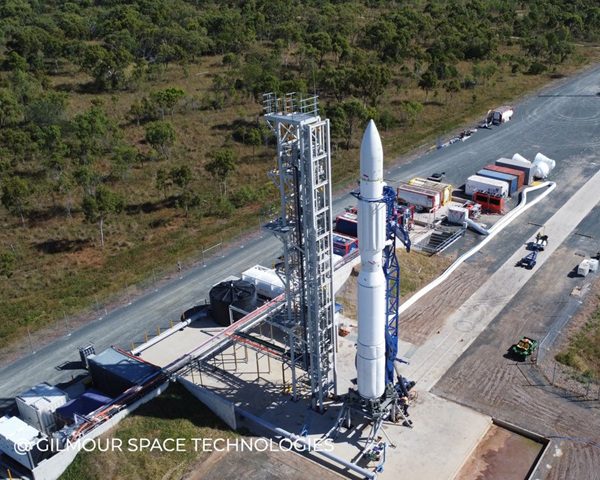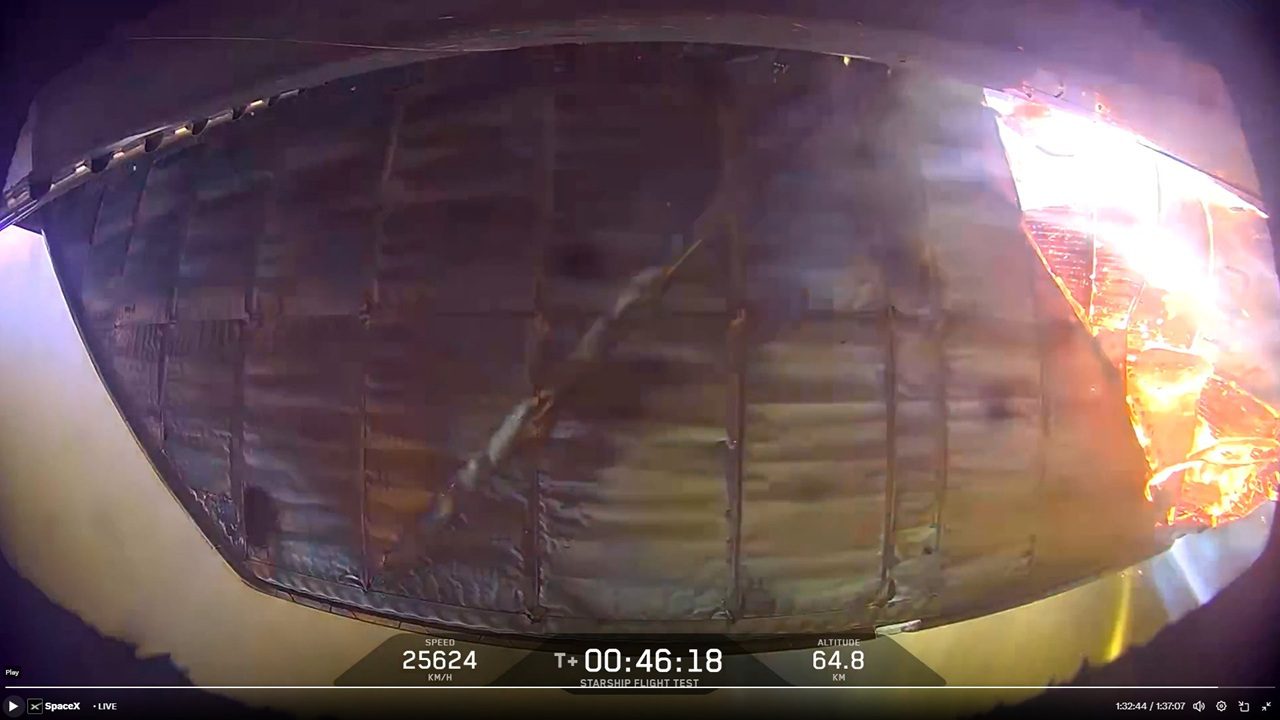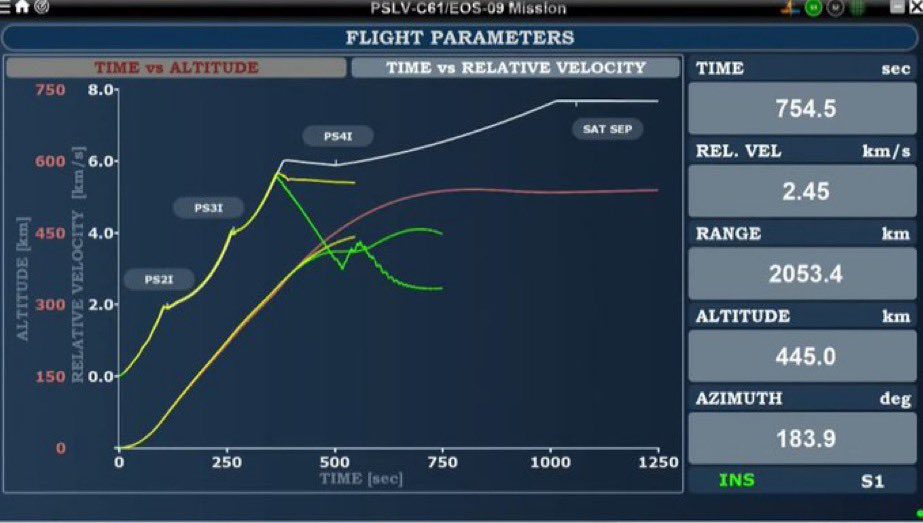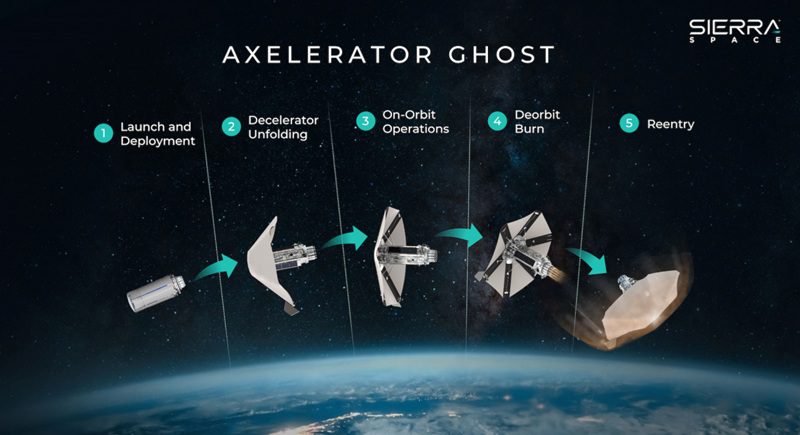The Chinese authorities have released the cause of the failure of the Long March 5 flight at 1123 GMT on 2 July 2017, which crashed in the ocean 346 seconds after lift-off, destroying the experimental high throughput satellite Shi Jian 18. During the flight, a plume was seen during the core stage burn with one LOx/Liquid Hydrogen YF-77 core engine burning for longer than the other one.
China’s SASTIND (State Administration for Science, Technology and Industry for National Defence) has now confirrned that the launch from Wenchang Space Launch Site in Hainan failed due to a fault with one of the rocket’s core stage engines. An investigation later stated that the cause was a structural failure in the exhaust duct from an engine turbopump due to “complex thermal conditions”. Subsequently, engines were modified and tested at Xian to remedy the problem. Long March 5 is set to resume flights at the end of 2018 and will carry the Shi Jian 20 spacecraft, which, like Shi Jian 18, is an experimental communications satellite based on the new DFH-5 bus design.
If that flight is successful, the next one (the fourth Long March 5 flight) will carry the Chang’e 5 lunar sample return mission in 2019.

Long March 5 launch of Yaogan 18 initially appeared to go well – but it failed later. Courtesy: Chinese TV via YouTube







